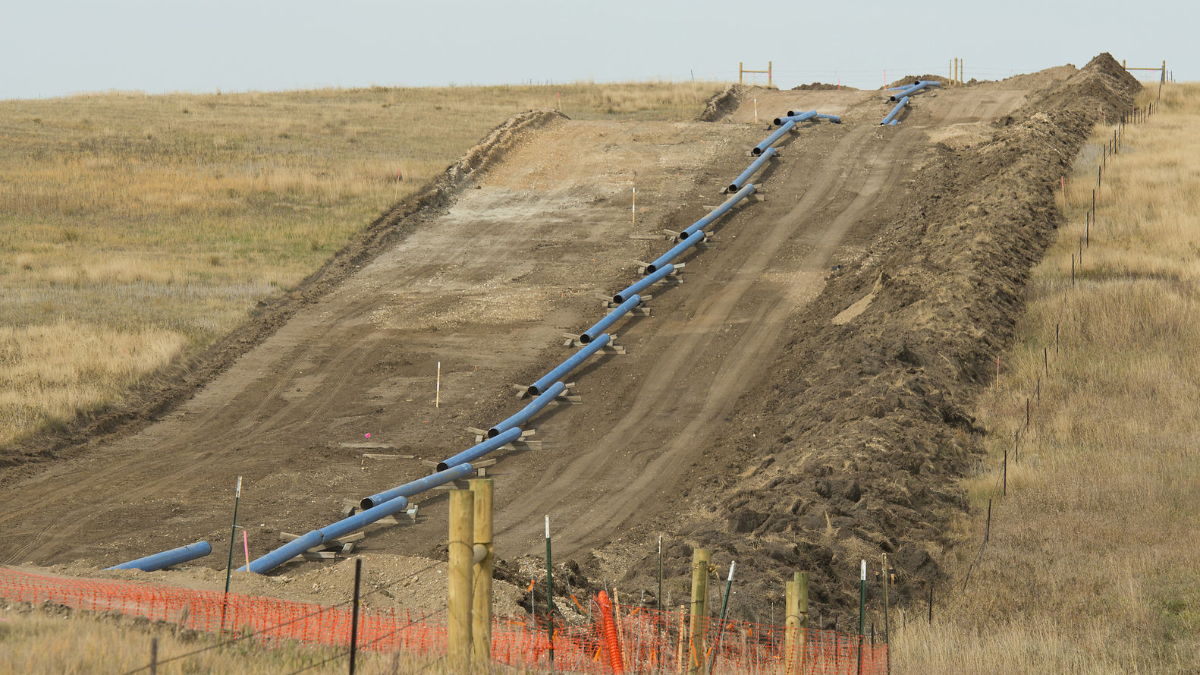With its recent decision to deny the temporary injunction requested by the Standing Rock Sioux Tribe, the U.S. Court of Appeals affirmed what supporters of the Dakota Access Pipeline have maintained fervently all along: the more-than-halfway finished pipeline satisfied every one of the myriad state and federal regulations that govern its construction and eventual operation. That alone should be enough for the Obama administration to comply with its own permitting process, and allow the project to resume.
Equally compelling are Dakota Access’s real benefits to America’s economy, our domestic infrastructure and national security.
North Dakota, South Dakota, Iowa and Illinois—the four states traversed by the 1,172-mile DAPL—engaged in a meticulous two-plus-yearlong project review. So, too, did the United States Army Corp of Engineers. All five of these public bodies determined, conclusively, that Dakota Access was safe, that its route did not disrupt any areas of cultural significance, and that it fell well within the compliance parameters of the individual states’ laws, as well as those of the federal government.
From the beginning, Dakota Access emphasized commitment to consulting its Native American neighbors and to transparency. All available evidence—very much including the 389 meetings with 55 tribes arranged by the USACE— supports those claims. So, too, do the more than 140 modifications made voluntarily to the pipeline’s route itself. This is why even neutral observers can make the case that Dakota Access not only merited favorable certification, permitting and full approval, but earned them as well.
And speaking of earning, the economic benefits of Dakota Access are significant. Not just to the four states involved—all of which already have received millions in new revenue thanks to the construction phase alone, along with more than $150 million in additional sales and income taxes—but also to the U.S. economy at large.
To date, the $3.8 billion DAPL has incurred more than $2 billion in construction and development costs and will create between 8,000 and 10,000 jobs.
Dakota Access is not just a welcome job-creator and tax-revenue-producing machine. It is also one of the largest American infrastructure investments to come along in some time. Once completed, it will utilize a safe, environmentally sound, state-of-the-art pipeline to transport domestically produced light, sweet crude oil from the Bakken region of North Dakota to major refining markets throughout the country.
The reality is that America’s economy—everything from manufacturing and agriculture to food production and transportation, and even the development of newer, more sustainable energy resources—depends hugely on crude oil. Today, much of that crude oil is shipped across the country by rail or by truck, both of which represent much greater accident-related risks to public safety and to the environment. In fact, pipelines like Dakota Access are the safest mode of transportation on the globe.
At today’s production levels, Dakota Access will transport half of the total output of the Bakken region, generating royalties for the landowners and states along the route, very much including the Native Americans who hold oil and gas leases on reservation property. It will also reduce America’s reliance on foreign—often hostile and unstable—sources of oil.
Dakota Access was approved after extensive—and intensive—regulatory review. The Obama administration should green light its operation immediately. And the people still protesting and disrupting the pipeline’s completion, many of whom failed to participate in public hearings, should go home.











